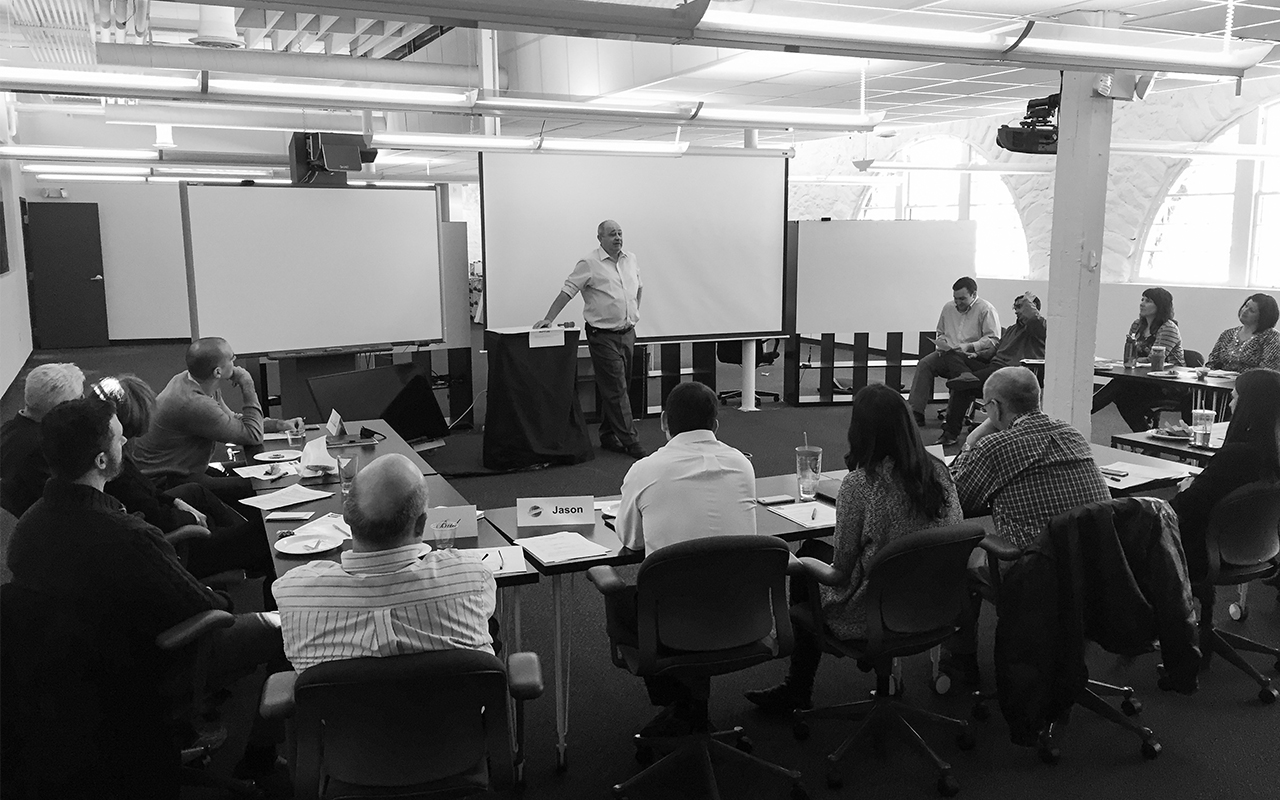Toastmasters – Not Your Average Public Speaking Course
Share

Engage the audience, speak with conviction, elaborate with clarity; this is what runs through my mind as I prepare my 8-minute speech.
Victor Guller: I have a speaking role this week. This is just one speech of ten that I have to deliver in order to complete the course.
That’s right, a public speaking course—daunting I know. But this course is different. It’s called Toastmasters International, and it’s a worldwide nonprofit educational organization that seeks to improve more than just public speaking skills. How can a public speaking course do more than just that? Toastmaster’s unique structure aids leadership skills and overall communication improvement. Let me explain how.
As I mentioned, I was assigned a role this week. At each weekly meeting, you rotate to a new role which comes with a new responsibility. While the speaking role may sound like the most important, we rely on each role to make the most out of the session. Allow me to introduce you to the various positions found at a Toastmasters meeting:
The Toastmaster: The Toastmaster formulates and organizes meetings and makes sure people follow their roles. This person is the master of ceremonies and facilitator of the meeting.
The Tabletopic Master: This role creates the ideas for the tabletopic speeches which are quick 1-2 minute, off the cuff speeches designed to keep you on your feet and organize your thoughts quickly without preparation.
The Speaker: That’s me! Ten different speeches are required in order to complete the course; this week I will give one of mine to the group. Wish me luck.
The Evaluators: The Evaluators decide whether you, as the speaker, met the objectives assigned to your speech. The objectives vary based on the assignment. The Evaluators make sure to utilize the classic sandwich method of giving criticism (squishing constructive criticism in-between two compliments).
The General Evaluator: This evaluator focuses on the meeting and group as a whole. Was it on time? Did each role transition with a handshake? This ensures the formality of the meeting is adhered to, and efficiency is not lost.
The Gramarian: The Gramarian pays attention to the details of your speech. They listen for any issues with diction, accuracy of syntax, organization of thoughts, and the dreaded “crutch words” (the ums, likes, and so’s). Their constructive feedback allows the speaker to reflect and improve upon their trouble areas.
The Timer: I bet you five bucks you can guess what this role does. Our various speech assignments have time restrictions, and The Timer makes sure we adhere to these requirements.
The Snackmaster: Arguably the most important role, The Snackmaster is tasked with the ever so important role of bringing in snacks for the rest of the group. We salute you, Snackmaster.
Allowing all of these roles to interact creates a special environment that not only focuses on public speaking, but leadership skills as well. Being a part of this team I have learned how to give and receive constructive criticism, as well as aid my peers in their own improvement. I have seen myself improve substantially after every meeting — I now recognize what my crutch words are and how to avoid them, and I have a better understanding of how to formulate my thoughts before expressing them.
This course has been so valuable as I will use these skills in every aspect of my life, whether it be making a speech at a wedding, engaging and interacting with subcontractors, or working in a team environment. Toastmasters has me covered.